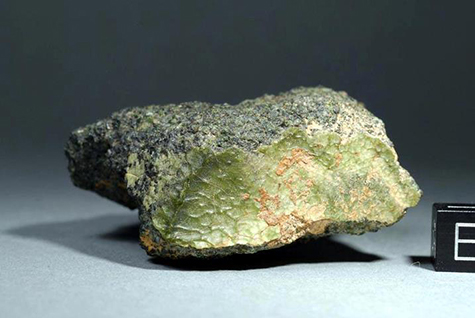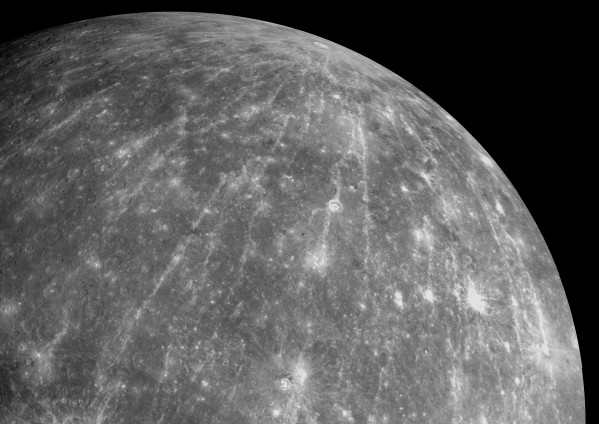Of tens of thousands of meteorites – or rocks from outer space – that have been found on Earth, over 100 are identified as being from the planet Mars and nearly 200 are identified as being from Earth’s moon. Now astronomers at Washington University in St. Louis say they might have helped identify the first known meteorite from the planet Mercury.

The stone was gathered in Southern Morocco in early 2012, along with several dozen other greenish stones. A meteorite collector from Berlin purchased it. Later Randy Korotev, WUSTL’s meteorite expert, examined the stone and noted that it was “exceptional,” of a rare kind called an achondrite by scientists. The achondrites are thought to be pieces of large asteroids or planets. About half of them come from the large asteroid Vesta. Others come from Mars, the moon, or other asteroids. Ultimately, the stone was shipped to another meteor expert, Tony Irving at the University of Washington. At the 44th Lunar and Planetary Science Conference in March, Irving said that the stone – now officially designated Northwest Africa 7325 (NWA 7325) – had highly unusual chemistry. Its chemistry was suspiciously similar to that measured by NASA’s Messenger probe, which is currently surveying the surface of Mercury from orbit.
That’s why, although scientists aren’t sure yet, they believe this stone might be the first known to have originated from the planet Mercury.
Read more about this story from Washington University.
Bottom line: Meteorite experts at Washington University in St. Louis and the University of Washington believe they have identified the first known meteorite from the planet Mercury.












